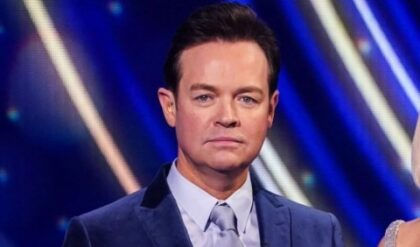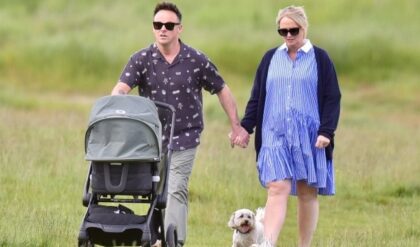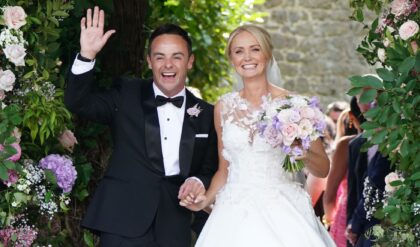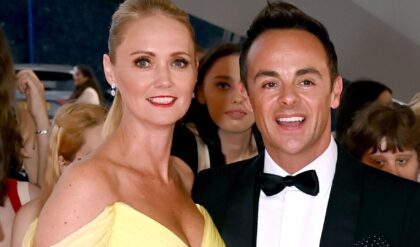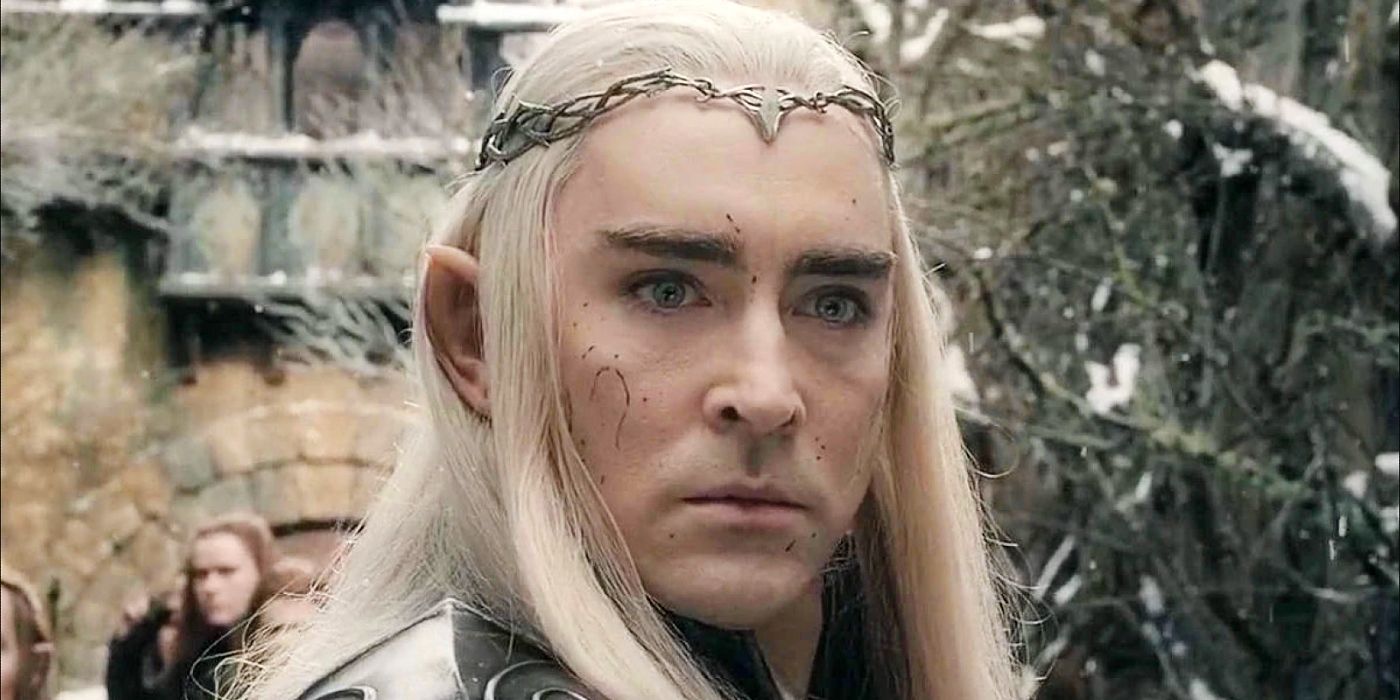
In an interview with Vulture, Pace shares one experience he had while shooting The Hobbit in New Zealand that caused him to believe in Elves in real life. The actor recalls taking long hiking trips to where Jackson filmed the scenes of Mount Doom in The Lord of the Rings and misplacing his phone, which later led to an interesting revelation. Check out Pace’s full story below when pressed about his belief in Elves:
Well, I’ve got proof. When I was shooting The Hobbit in New Zealand, I would always go on a big hike where I would backpack and camp. I did Lake Waikaremoana, and I did the Tongariro Northern Circuit, which is about a five-day hike that takes you basically up to where they shot Mt. Doom. I was taking pictures with my phone, and on the second day I reached for my phone and I couldn’t find it. And I thought, ‘ Oh, f–k! I’ve lost my phone and I’ve got four more days. I can’t turn back; I’ve got to keep walking!’ So at night, when I was making camp, I’d tear apart my pack, looking for my phone, thinking, It must be in here somewhere! It must be in here! Three days go by, the phone is nowhere to be. I mean, I’ve lost it. I’m certain I left it back there. But I woke up the last night and the screen is stuck to my back. Elves. That’s elves! They said, ‘ Son, you don’t need that here! We’re going to take that technology away from you! You need to think about other things. Look around, be where you are, you don’t need that phone. It will not help you.’ So they took it away from me for a while. But they’re not evil, so they gave it back. Is that not proof?
Bringing Middle-earth To Life Is A Strength Of Jackson’s LOTR Movies
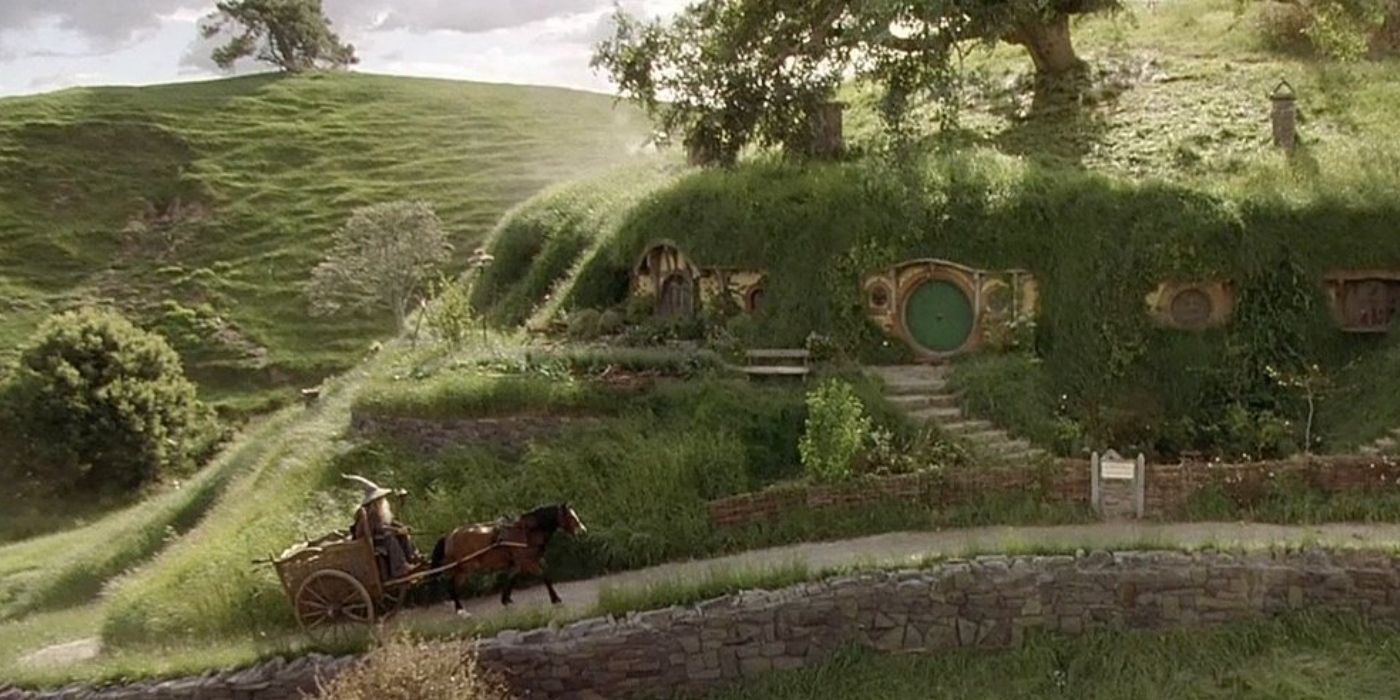
It’s well known that The Lord of the Rings movies were all shot back-to-back in New Zealand, Jackson’s home country. New Zealand offers a wide variety of dramatic landscapes, which were ultimately key to bringing the world of Middle-earth to life. From sweeping mountain ranges to rolling hills to spooky forests, the country helps J.R.R. Tolkien’s fictional world feel like a real place and essentially become its own character in the story. The Hobbit trilogy was also filmed in New Zealand and boasts many of the same impressive and beautiful landscapes as were seen in The Lord of the Rings, but Jackson makes several decisions in the new trilogy that didn’t always sit well with fans.
While The Lord of the Rings movies feature a number of innovative (for the time) visual effects sequences that largely still hold up today, Jackson also put a large emphasis on filming elements as practically as possible. This included building miniatures to help bring locations like Rivendell, Minas Tirith, Helm’s Deep, and Barad-dûr to life, but also creating Orcs and other creatures primarily using makeup and prosthetics. Jackson even built most of Hobbiton for real into New Zealand’s lush green hills. Despite still using many natural landscapes and the Hobbiton set, Jackson relies far more heavily on CGI in The Hobbit to create certain locations and characters, which led to a very different visual aesthetic.
Although the first The Lord of the Rings movie is now over 20 years old, it still holds up remarkably well today because of how Jackson chose to bring Middle-earth to life. The Hobbit trilogy was certainly charming in its own way, but many fans were ultimately left feeling disappointed at its more substantial reliance on visual effects. The Rings of Power TV show has divided fans in many regards, but the series has managed to bridge the gap between The Lord of the Rings and The Hobbit trilogies in terms of its depiction of Middle-earth, mixing practical elements and CGI to wondrous effect.
